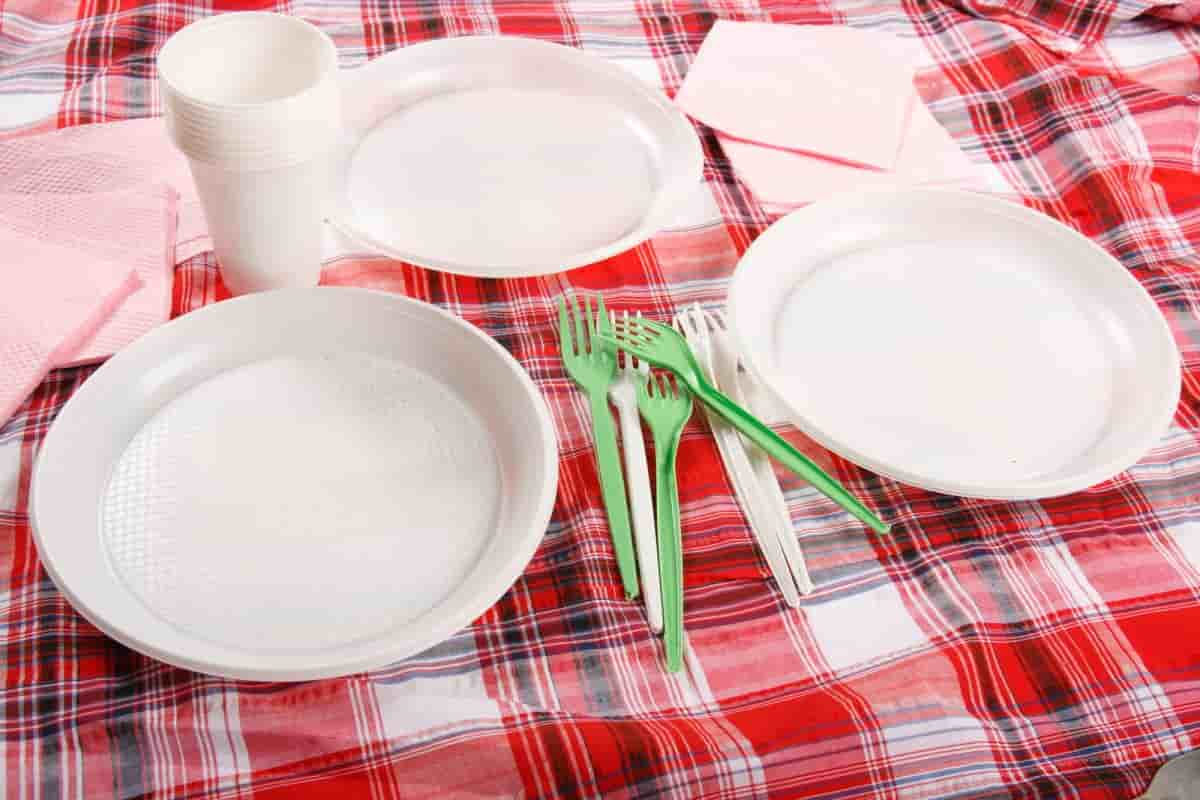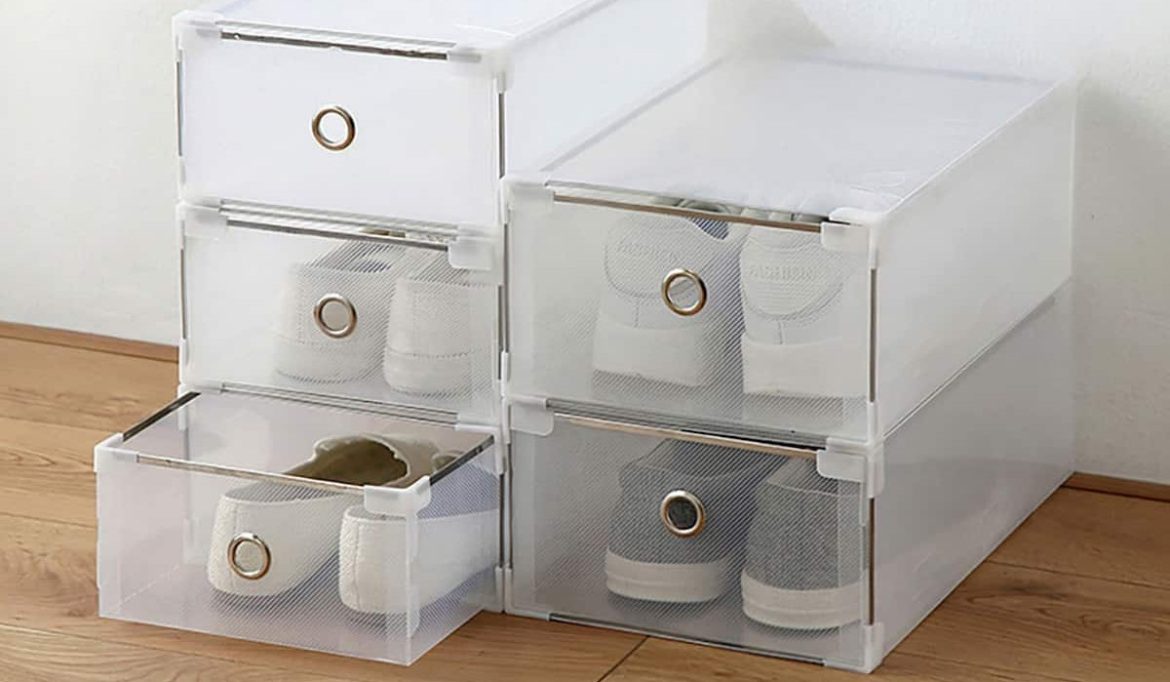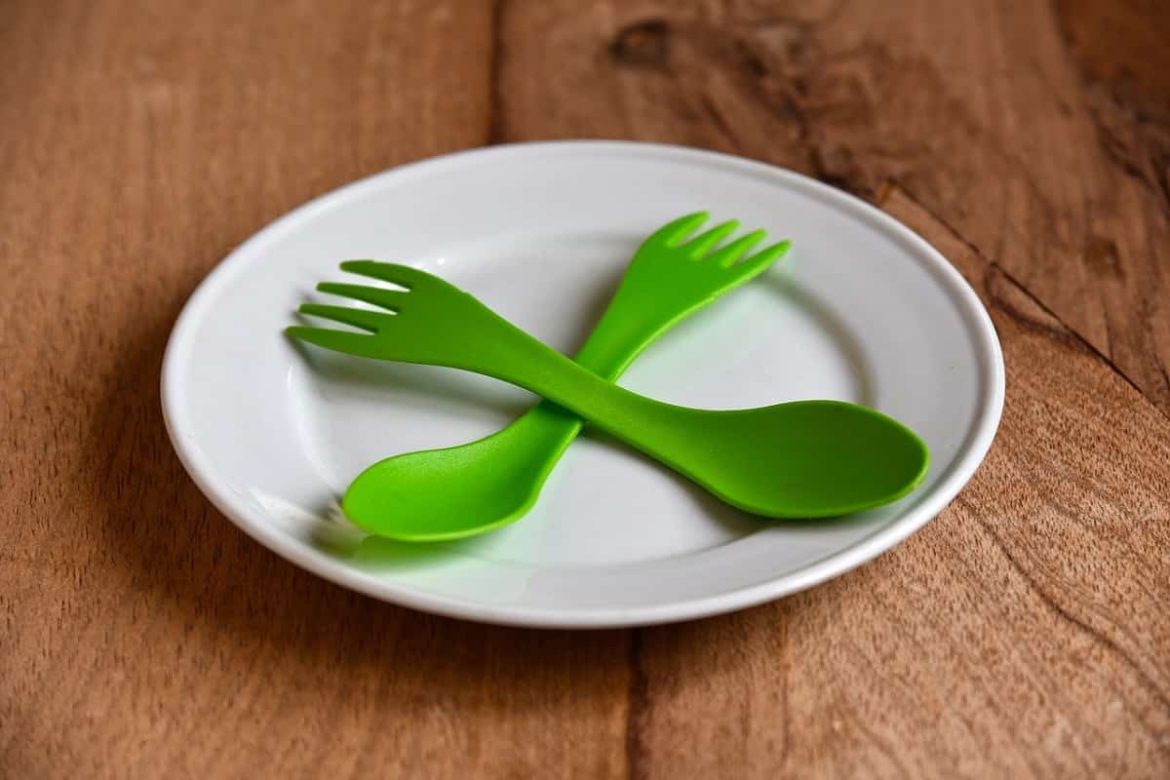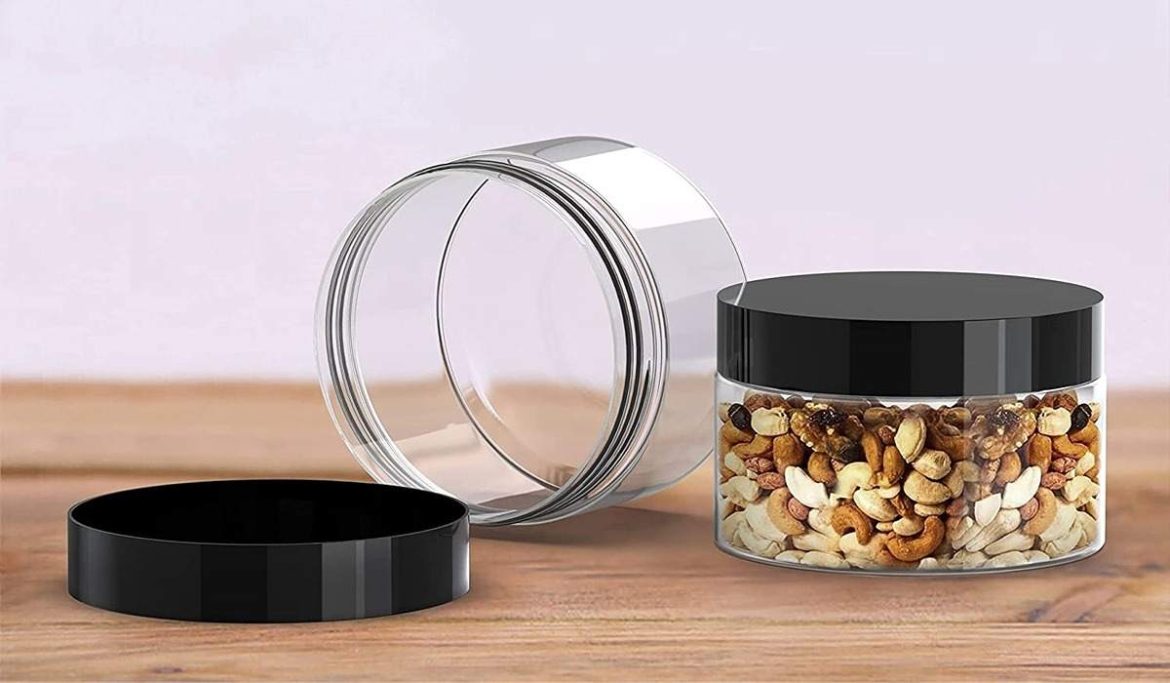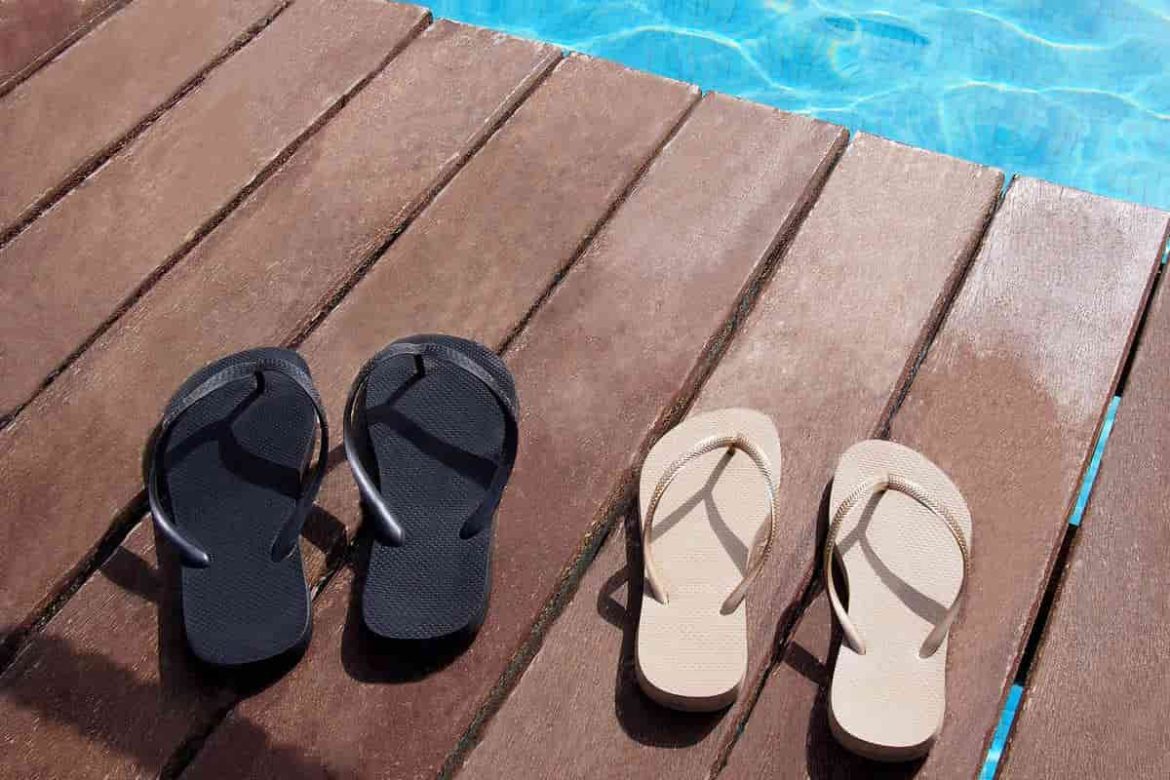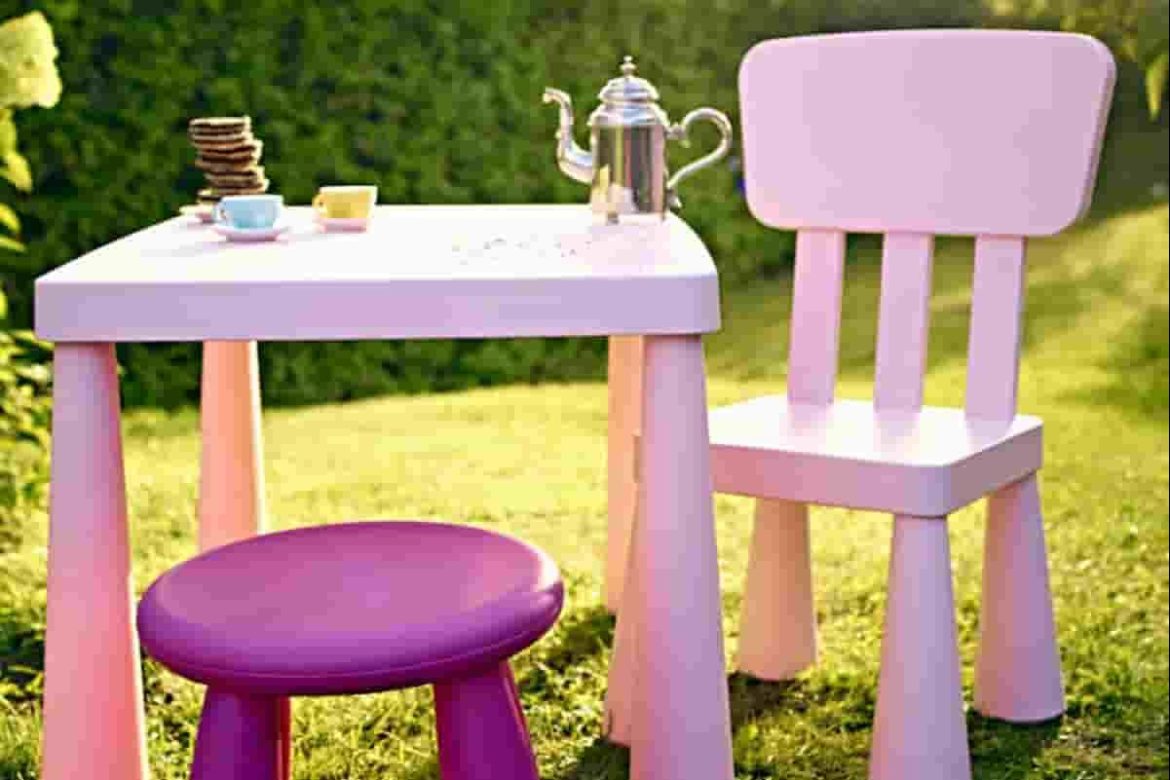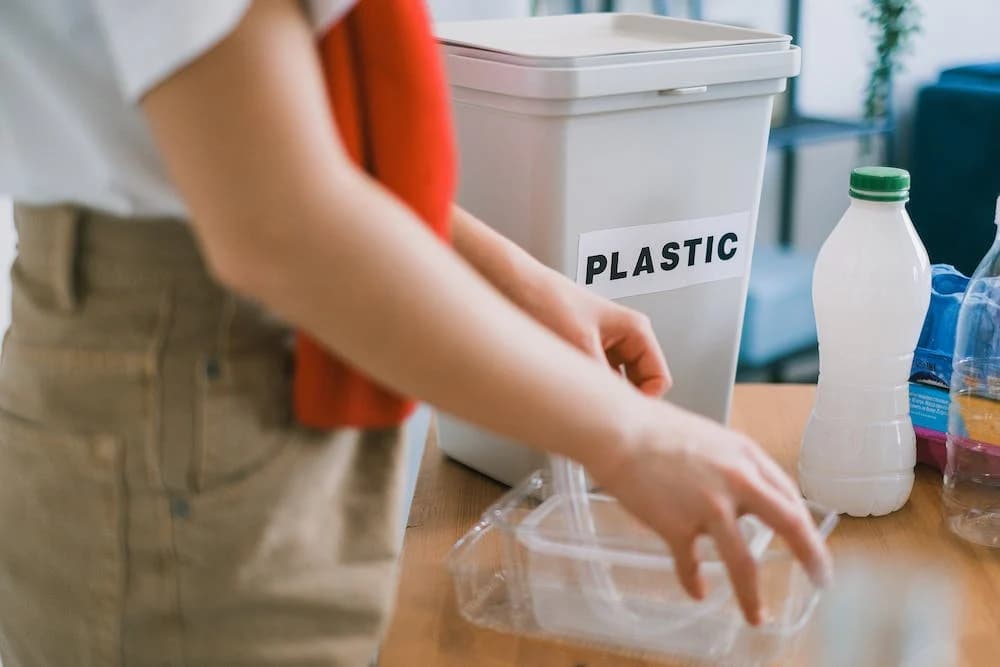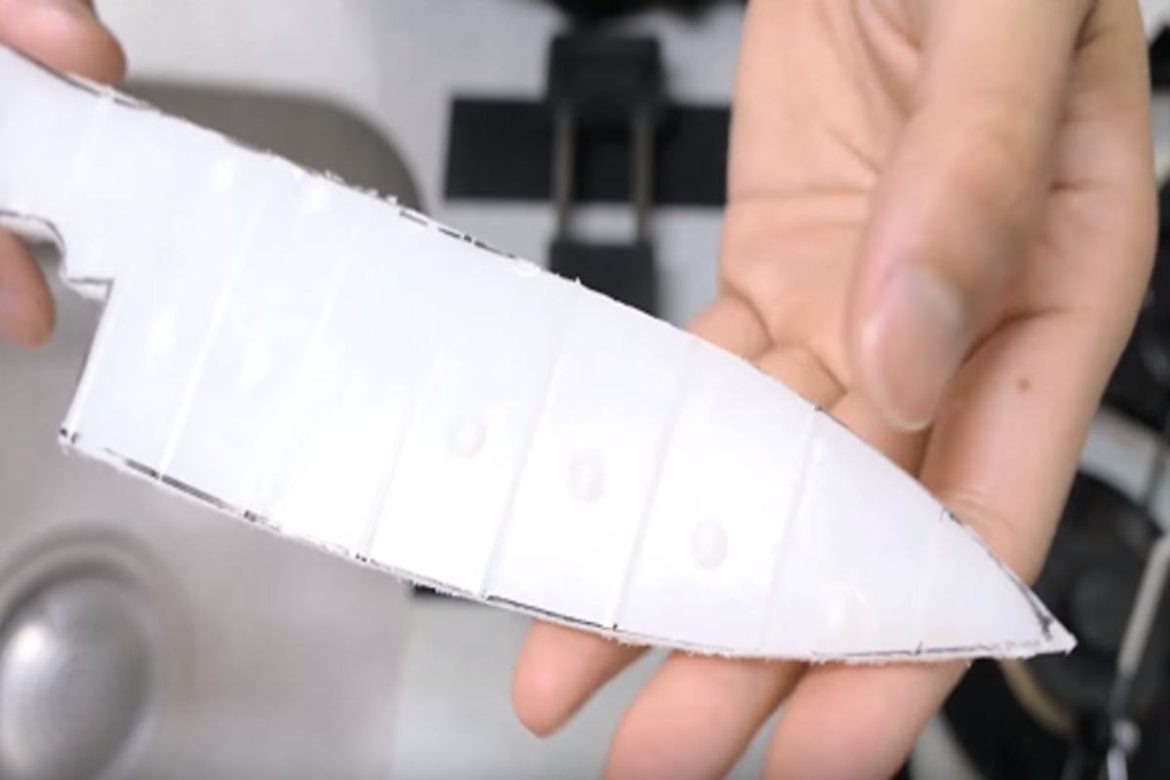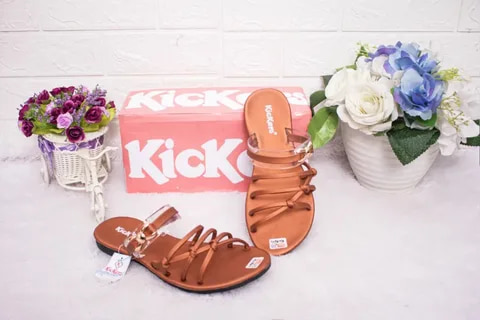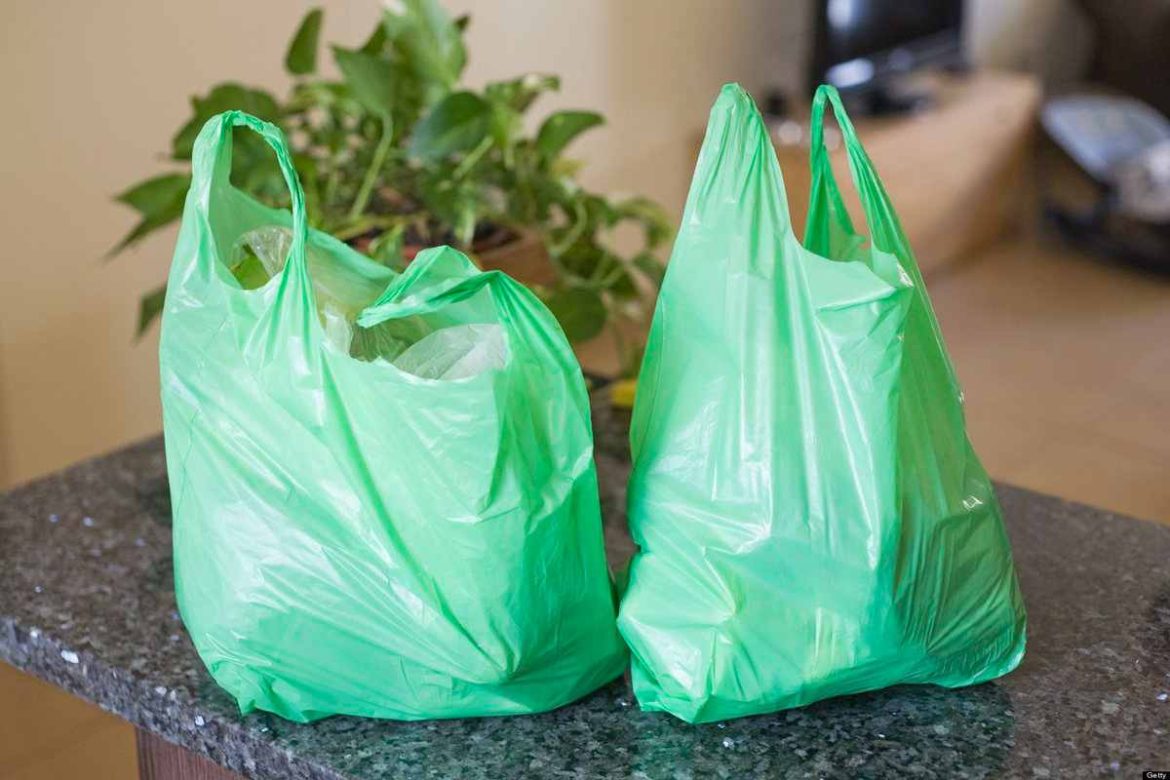Purchase and price of wholesale thick plastic plate
Plastic plates become sheets when they have been pressed
Let’s check what will be happened to them
thick plastic plate
Plates become Sheets of strong, durable plastic or materials that have properties similar to plastic that can be cut to size and offered in a broad variety of sizes and thicknesses are referred to as solid plastic sheets
After they have been acquired, these rigid plastic sheets may be subsequently cut or machined into components for the manufacture of goods that can be put to use in a diverse variety of sectors
Various types of plastic, each with its own unique set of qualities, may be used in a particular set of contexts
Acrylic, which is often referred to as polymethyl methacrylate (PMMA), is an opaque technical thermoplastic that is frequently used in place of glass in a variety of applications
This particular kind of plastic is more flexible than glass, as well as lighter and stronger, and it has better resistance to impact
It is also safer than glass because, unlike glass, it does not break into little pieces
This not only prevents harm to the products while they are in transit but also helps save money
Acrylic plastic sheeting is not only simple to work with but it also can be bent and shaped into a wide range of forms and combinations, as well as cut into incredibly fine shapes utilizing a technology known as laser cutting
Because of its one-of-a-kind characteristics and user-friendliness, this extruded opaque acrylic plastic sheet is appropriate for application in a broad variety of sectors, including those listed below:
Acrylic solid plastic sheet is ideal for applications that need high light transmission and transparency
It is often used as a substitute for glass in these kinds of applications
Because of its superior resistance to the effects of weather and impact, it is well suited for use in a variety of applications both indoors and outside
The most widely used kind of our plastic is acrylic, which is also sold under the brand names Perspex, Plexiglas, and PMMA
It is a material that is both inexpensive and simple to deal with, and it can be purchased in a variety of colors or as transparent as glass, in addition to several different finishes and thicknesses
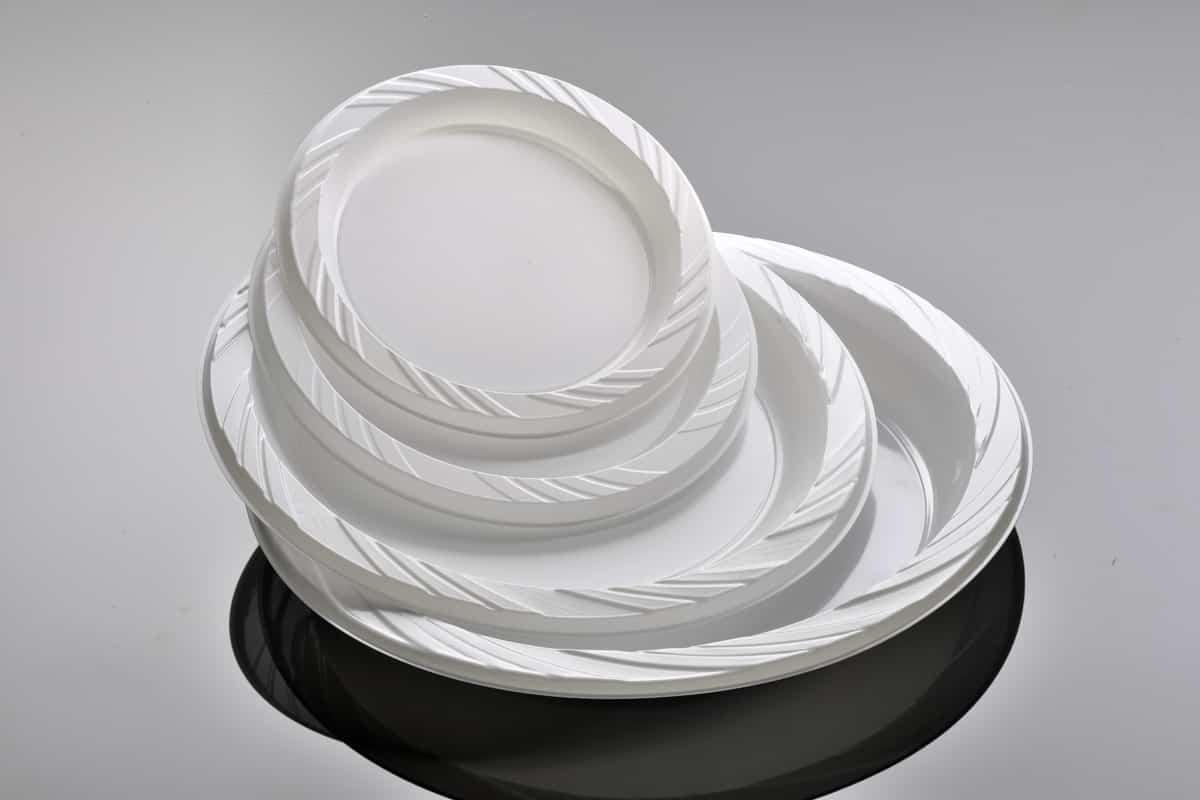
thick plastic plate for sale
Because it is more affordable than glass and shares many of its properties, acrylic may be used as a suitable substitute for glass in a variety of home renovation projects
In this article, we are going to talk about the advantages of acrylic plastic and give you some recommendations on how you can use this material in your house
In addition, we will explain the advantages of acrylic plastic
Acrylic has a tenfold greater resistance to breakage than glass
Due to the plastic’s increased resistance to breakage, it outperforms glass in a variety of applications, including glazing for both interior and exterior use, as well as the function of a mirror
Acrylic is not damaged by the elements, even the sea spray or the sun
Acrylic, although a more long-lasting substance than glass, is much lighter in weight, making it an exceptionally simple medium to deal with
In addition to this, it is lighter than polycarbonate, which is the second most used transparent plastic
However, keep in mind that polycarbonate has a strength that is 250 times more than that of glass
Because of this, it is important to carefully assess which kind of plastic would work best for your project
Acrylic is not prone to crack with normal use
If it occurs, it will not splinter into small fragments as glass would; rather, it would shatter into a few pieces that are bigger in size and less shiny
Because of this, it is much simpler to clean up and get rid of, and it is also much safer to have around children
If acrylic could not be seen through, it would not be a suitable alternative to glass as a window material
Acrylic, on the other hand, has a more transparent appearance than glass
Glass has a transmission rate of around 90%, whereas acrylic plastic has a transmission rate of approximately 92% of visible light
This demonstrates that acrylic is a superior material to use for glazing and window frames!
Acrylic may be purchased in a clear finish in addition to a broad range of colored tints and shades
It is also possible for it to be opaque or reflected
Extruded and cast acrylic are the two primary varieties of this material
Cast acrylic is the tougher of the two options, and as a result, it has the advantage of being less likely to scratch
This is because of the process that is used to make it
Acrylic is also available in a variety of grades, each of which is optimized for a particular stage of production
The heat resistance, light transmission, impact strength, flow rates, and release characteristics of these grades all vary to varying degrees
If your company needs acrylic for a manufacturing or engineering project, please consult with our staff so that we may determine which kind of acrylic will serve your needs most effectively
Acrylic may be shaped into any form by cutting, drilling, machining, softening and bending
And since it weighs half as much as glass, acrylic is easier to manipulate
If you want to work with acrylic yourself, we can cut/form acrylic to any size or shape, but if you wish to work with acrylic yourself, here are the most important considerations
Acrylic sheets may be used in temperatures between -30oF (-24oC) and +200oF (93oC)
Though it is advised that temperatures do not exceed 160 degrees Fahrenheit (71 degrees Celsius) for continuous operation and 190 degrees Fahrenheit (88 degrees Celsius) for brief intermittent usage
Use water as a coolant when cutting acrylic sheets thicker than 6 mm or when drilling acrylic sheets thicker than 4 mm
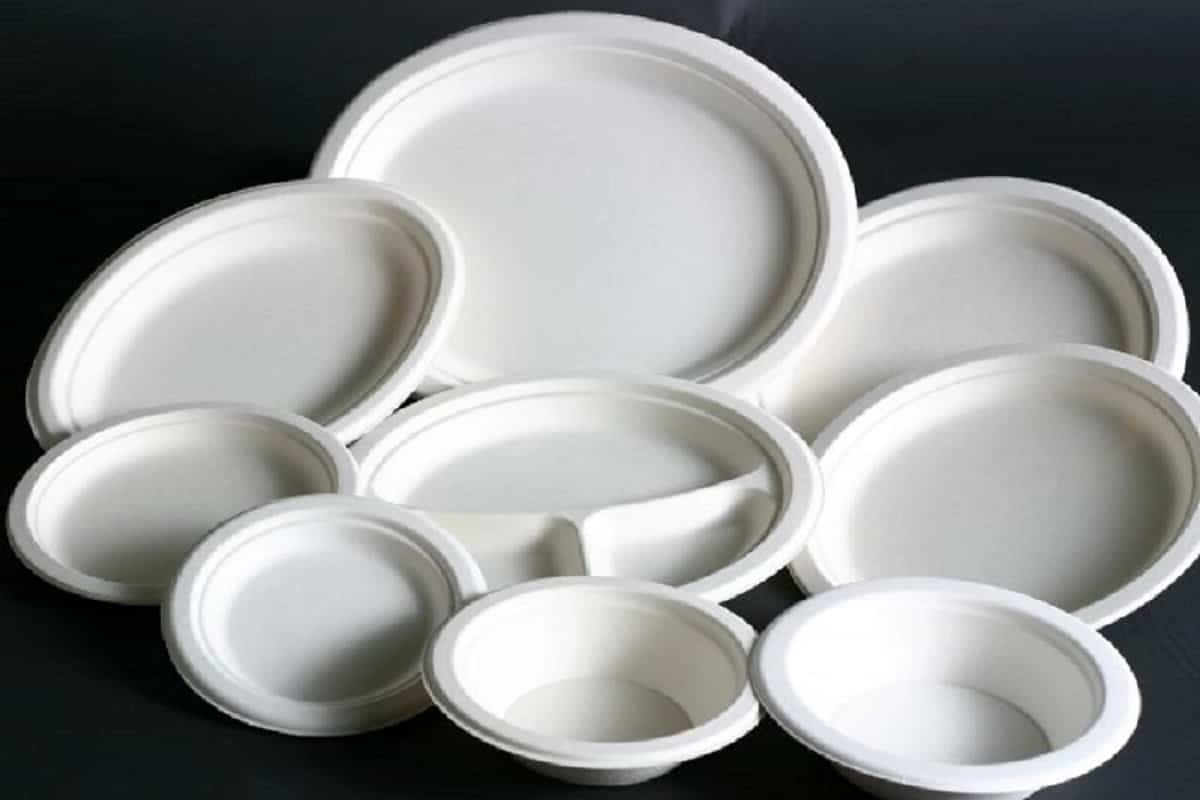
thick plastic plate for wedding
At home, you may cut Perspex or acrylic using instruments you already own, such as a knife, table saw, hand saw, or power saw
Your tool selection should be based on the kind of acrylic sheet you are cutting, its thickness, and the intended form
Not all tools are applicable in all situations
We can cut and form acrylic for you
But if you want to work with acrylic on your own, please refer to our comprehensive instructions on how to cut acrylic for more information
For optimal results, utilize a drill developed exclusively for acrylics and plastics
With caution, the right technique, and a well-ground drill bit, you may get excellent results with a standard hand drill
Acrylics need circular saw blades and router bits with carbide-tipped cutting edges
Due to the relative softness of acrylic sheets, your drill must possess a cutting edge with a scraping motion
To smooth and square off the edges of an acrylic sheet for a superior finish or to prepare them for joining with another acrylic sheet, you must first scrape and then file
Scratch along the cut edge using a clean, firm, square-edged instrument (clean back of a knife blade)
Next, fill the scraped edges using a 300mm smooth-cut, clean-cut file in just one direction
It is essential to file at an angle and maintain the flatness of the teeth on the acrylic surface
When filing a tiny piece of acrylic, it may be simpler to grip your file and rub the acrylic against it
The glass-like transparency of acrylic may be polished to a high sheen
With a little bit of knowledge, the task is also quite simple
Choose either a sandpapering method or an acrylic-compatible paste for this step
Learn more about cleaning acrylic here
When acrylic is soft, it may be molded into almost any form
This form will be maintained if the acrylic is held until it has cooled
Usually, specialized heating and bending equipment are required, however, a strip heater may be used for straightforward applications with straight line bends
Place the acrylic on the heating element such that the bent line is above the heating element
When the acrylic begins to droop, it should be bent away from the hot side
For acrylic sheets with a thickness of 4
5mm or more, heat both sides of the material
Acrylic must be heated in a well-ventilated area
Acrylic sheets are so practical and you can find the best of them in our company
